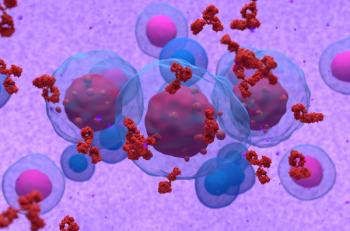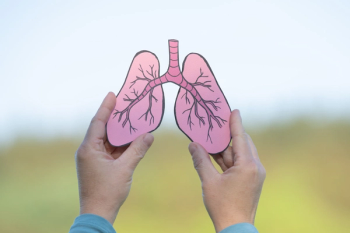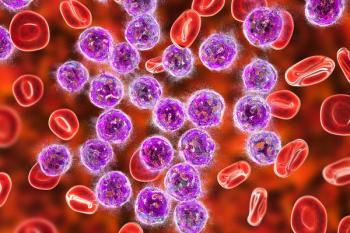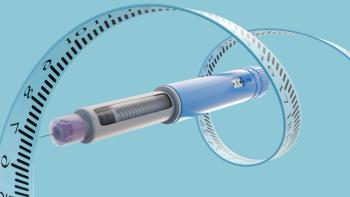
Cold Plasma Holds Promise in Preventing Norovirus Spread
Amidst a number of recent norovirus outbreaks, a study has determined that the disinfecting capabilities of cold atmospheric pressure plasma may prove useful in reducing the spread of the virus.
Amidst a number of recent norovirus outbreaks, a study has determined that the disinfecting capabilities of cold atmospheric pressure plasma (CAPP) may prove useful in reducing the spread of the virus.
Published online on January 13, 2015, in mBio, the study showed that treating norovirus samples with CAPP, a gas used to kill bacteria without harming surfaces or human tissue, led to a significant reduction in virus particles.
The authors found these findings to be particularly encouraging when considering the environmental stability of noroviruses, which tend to resist treatment by detergents, chlorine, freezing, or heating.
“CAPP is an environmentally friendly, low-energy method that decreases the microbial load on surfaces,” said senior study author Günter Klein in a press release. “The technology is effective against viruses with a high tenacity, like noroviruses.”
The research team treated a norovirus-infected patient’s stool samples with CAPP in a plasma chamber for varying periods of up to 15 minutes. Following this treatment, the researchers found that the number of potentially infectious virus particles in the samples dropped from 22,000 (comparable to the viral load of a surface touched by a norovirus-infected patient) to 1400 after 10 minutes and 500 after 15 minutes, with some viral load reductions observed after only 1 to 2 minutes.
“Cold plasma was able to inactivate the virus on the tested surfaces, suggesting that this method could be used for continuous disinfection of contaminated surfaces,” Klein said.
While CAPP could not completely eliminate noroviruses, Klein noted that its use could still lead to an important decrease in human exposure to them.
The next steps for Klein and his team are to test the effectiveness of CAPP on additional surfaces and types of norovirus, in addition to examining the virus’ structure before and after treatment using electron microscopes.
The research is timely, given the recent norovirus outbreaks. On February 4, 2015, a Royal Caribbean cruise returned to shore early after 202 passengers on the Grandeur of the Seas fell ill due to norovirus. The following day, a behavioral health unit at the Veterans Affairs Pittsburgh Healthcare System suspended admissions after 14 patients began showing symptoms of the virus.
Norovirus is the leading cause of gastroenteritis in the United States, with an estimated 19 to 21 million people contracting the virus each year, according to the US Centers for Disease Control and Prevention (CDC). While symptoms usually include stomach pain, nausea, and diarrhea, severe cases can lead to dehydration, hospitalization, and even death.
Noroviruses are very contagious and spread particularly quickly in enclosed places like schools, daycare centers, nursing homes, hospitals, and cruise ships. To reduce the risk of transmitting norovirus, the CDC recommends disinfecting contaminated surfaces, rinsing fruits and vegetables before eating or serving them, and practicing proper hand hygiene.
Newsletter
Stay informed on drug updates, treatment guidelines, and pharmacy practice trends—subscribe to Pharmacy Times for weekly clinical insights.
















































































































































































































